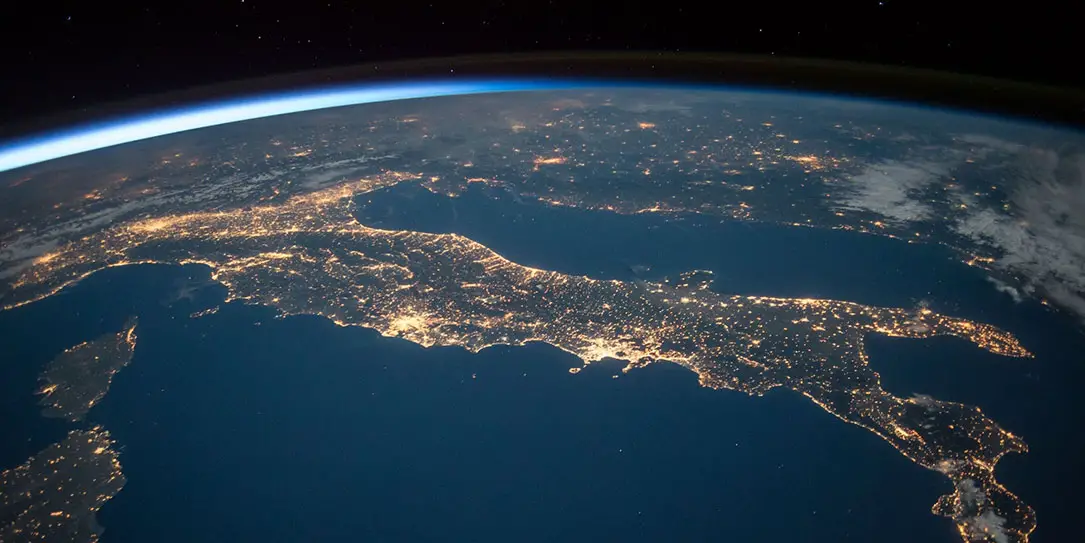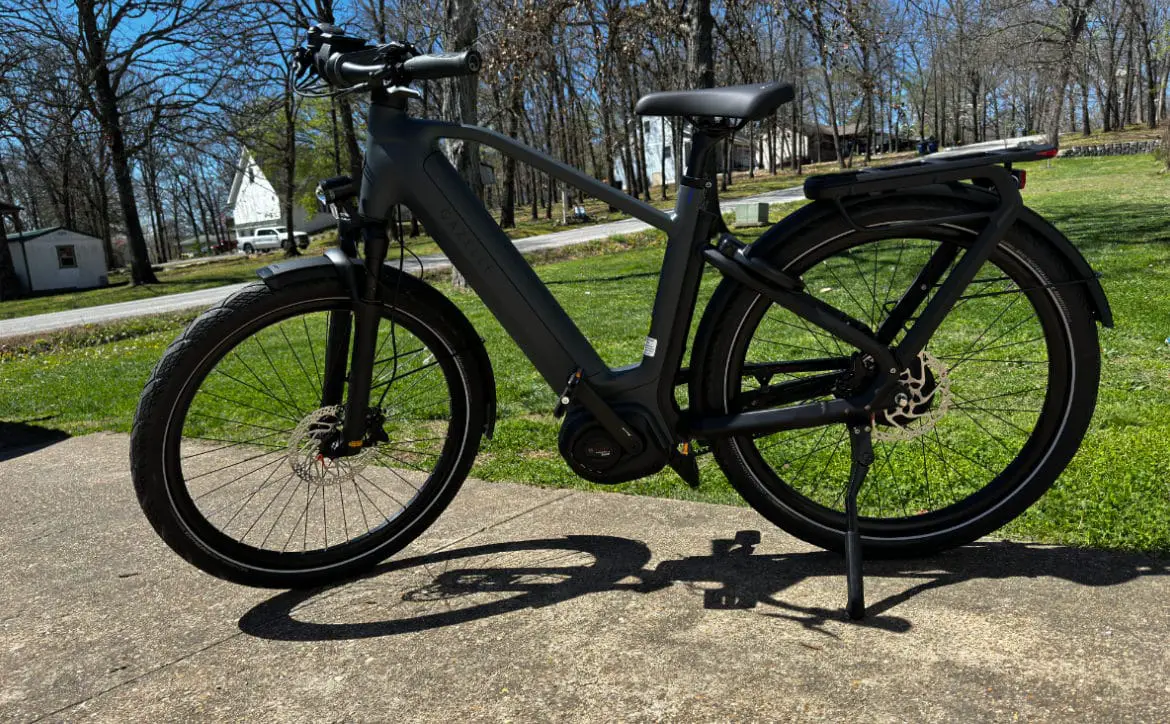Technology may be implicated in climate change, but it also offers great potential to help us effectively address this challenge. Technology companies hold great economic and social sway, so when they make changes—Google, for instance, has made a pledge for its “Made by Google” brand to be carbon-neutral by 2020—they affect both the environment and consumer consciousness and decision-making.
Tech has much more far-reaching effects than that, though. Emerging technologies can help us address greenhouse gas levels much faster than protecting and re-growing forests will. Shifting energy sources with new technologies like nuclear fusion will do the same. As humans, our actions affect climate change, and we have a responsibility to use every tool at our disposal to do what we can to battle it. Here are some of the reasons technology helps in the fight against climate change.
We only have one planet
Although there’s a consensus that humans are causing climate change, there are still scientific limitations in the field due to the fact that we only have one planet. Scientists can’t conduct experiments with a control and are still working to understand how, exactly, human behavior will affect the climate in the coming years. What’s more, they’re dealing with uncertainties given the rapidly accelerating pace of climate change.
Enter climate modeling and machine learning. Climate models—computer simulations that predict how the planet will respond to various changes like levels of carbon dioxide in the atmosphere—are helped along by advances in machine learning. This tech can speed up the prediction process, incorporate more data for better accuracy, and potentially be used to create algorithms that will be more precise than what scientists have now. This helps both in tracking what we need to change and how fast and in preparing for the inevitable shifts in the climate we’re already facing.
We need to change fast
While it’s true that planting trees could be the single most effective way to reduce atmospheric carbon, we simply don’t have that kind of time. The 2018 Intergovernmental Panel on Climate Change (IPCC) report warned us that we have until 2030 to significantly reduce greenhouse gas emissions if we want planetary warming to stay at or below an increase of 1.5°C.
On that timeline, technology becomes a critical tool in making the necessary changes. Carbon capture tech, while in its infancy, holds great promise. Negative emissions tech (NET), as it’s called, will be able to both capture carbon from factories and pull it straight out of the air, then store it in underground tanks. And there’s tech being developed for the next stage too: what to do with all that carbon. Storage is a short-term solution. Organizations are starting to explore the full potential of repurposing carbon, which can be turned into building materials, fuel, and other products.
We can move away from fossil fuels
Fossil fuels are responsible for the lion’s share of greenhouse gases and thus present an area of both great concern and great potential. Wind farm technology is well on its way, but there’s much more happening in the realm of renewable energy tech.
Solar photovoltaic technology has been around for years but is still being innovated—specifically, scientists are developing more efficient capture, storage, and transport mechanisms. This tech relies on a renewable resource (sunlight) that, in many areas of the world, is in plentiful supply. Solar energy does not pollute when it is used, and the materials are recyclable once they’ve reached the end of their long life.
Another energy technology on the horizon is nuclear fusion. Like solar, it produces no greenhouse gas emissions, and it depends on fuel obtained from water, rather than from materials in the Earth’s crust that must be mined. There are still challenges with realizing nuclear fusion, but it holds great potential as an alternative and clean energy source.
We will save energy
Switching to alternative energy sources is, of course, a necessary part of fighting climate change. Tech also offers us, however, ways to reduce our energy usage both in the interim and over the longer term.
Smart home tech such as thermostats and lighting systems, for instance, help individuals cut down on the energy they use. Widely deployed, such tech could make a real difference. And similar technology is being explored for implementation on a city-wide scale. Networked meters can help cities determine when and how energy is being used and deploy it more efficiently. Streetlight and traffic light sensors can conserve electricity use and smooth traffic flow so there’s less emission from idling cars. These are just a couple of the ways the Internet of Things can help us save energy in the fight against climate change.
Our population is rapidly growing
More people use more fossil fuels, generating more greenhouse gases, and require more cleared land for settlement and food production. So a rapidly growing population is a real concern for climate change. The more people there are, the more important energy-conserving or energy replacement technologies like ones already mentioned in this article become.
There are also technological advancements being made in agriculture and land use, which is important if we’re to be able to feed the 8.6 billion people predicted to be on the planet by mid-2030 without losing what biodiversity we have left. Robotics in agriculture help farmers weed and harvest as well as collect crop data to adjust growing practices quickly and protect the crop. Such tech produces higher yields, which benefit both farmers and consumers. Other land use technology includes big data software and smart sensors that also aid in improving crop yield and land-use efficiency. Employing technology in the fight against climate change is a cross-disciplinary push that involves climate scientists, data analysts, engineers, computer scientists, and more. While much of the technology that will help with climate change is still emerging, it holds great promise for helping us make the changes we need to make, and soon.
About The Author
This *guest post was written by Morgen Henderson: Morgen lives near the beautiful mountains of Salt Lake City. She loves writing about tech, travel, and sustainability topics. When she’s not typing away at her computer, you can find her baking her favorite desserts and exploring the globe.
*The thoughts and opinions in this post are those of its author and do not reflect on Techaeris or its staff.
Last Updated on February 3, 2021.











